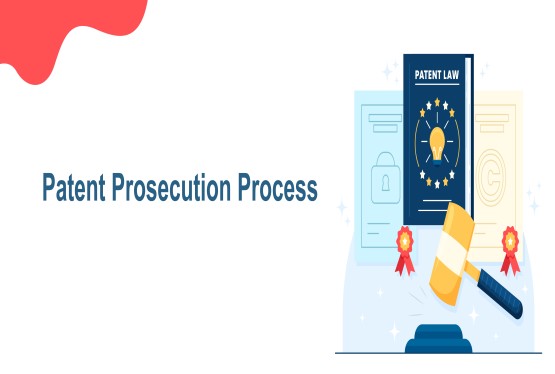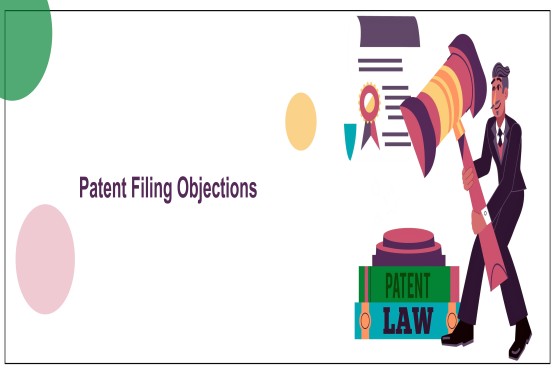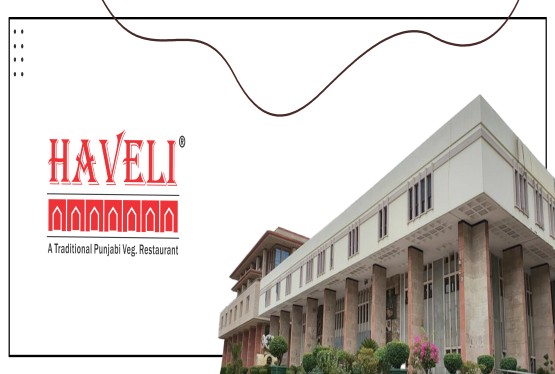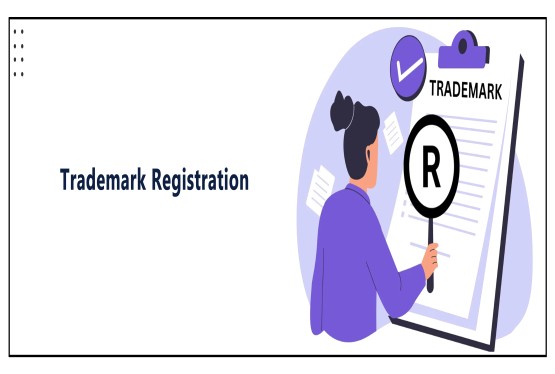The legal dispute between InterGlobe Aviation Ltd. (IndiGo) and Mahindra & Mahindra Ltd. over the use of the "6E" trademark offers a compelling case study to understand the intricacies of trademark law and its application in protecting brand identity.
Trademarks
A trademark is a distinctive sign, symbol, word, or combination thereof that identifies and differentiates the goods or services of one entity from those of others. In India, the Trade Marks Act, 1999, governs the trademark registration, protection, and enforcement of trademarks. Section 2(1)(zb) of the Act defines a trademark as a mark capable of being represented graphically and capable of distinguishing the goods or services of one person from those of others.
Case Background: IndiGo vs. Mahindra
IndiGo, India's largest airline, has extensively used the "6E" mark as its flight code and a core component of its branding strategy. This mark is prominently featured across various services, including 6E Prime and 6E Flex, and is integral to the airline's identity. In December 2024, Mahindra introduced its new electric vehicle model named "BE 6e," prompting IndiGo to file a trademark infringement lawsuit. The airline contended that Mahindra's use of "6e" could lead to consumer confusion and dilute the distinctiveness of its established trademark.
Legal Arguments and Proceedings
IndiGo's primary argument centered on the potential for consumer confusion due to the similarity between its "6E" trademark and Mahindra's "BE 6e" branding. The airline asserted that such similarity could mislead consumers into associating Mahindra's electric vehicle with IndiGo, thereby harming its brand identity. In response, Mahindra contended that its use of "BE 6e" pertained to a completely different industry automobiles as opposed to aviation and that it had secured trademark approval under Class 12, which covers motor vehicles. The company argued that there was no likelihood of confusion given the clear distinction between the industries and the differing nature of the products.
During the legal proceedings, Mahindra provided an undertaking to the Delhi High Court, agreeing to rename its vehicle model from "BE 6e" to "BE 6" to avoid further conflict. Despite this concession, Mahindra indicated plans to challenge IndiGo's claims in court, expressing disappointment over the clash between two significant Indian companies and emphasizing the need for mutual support and collaboration instead of legal disputes.
Implications for Trademark Law
This case underscores several critical aspects of trademark law:
1. Cross-Industry Trademark Protection: While trademarks are typically registered within specific classes corresponding to particular goods or services, this case illustrates that cross-industry conflicts can arise, especially when a trademark has achieved significant recognition and goodwill.
2. Likelihood of Confusion: A central tenet in trademark infringement cases is whether the use of a similar mark is likely to cause confusion among consumers. Even when products or services operate in different sectors, the possibility of confusion can lead to legal challenges.
3. Dilution of Brand Identity: The unauthorized use of a well-known trademark, even in unrelated industries, can dilute the brand's identity and diminish its distinctiveness, prompting legal action to protect the brand's integrity.
Conclusion
The IndiGo vs. Mahindra trademark dispute highlights the complexities inherent in trademark law, particularly concerning the protection of brand identity across different industries. It emphasizes the importance for companies to conduct thorough trademark searches and consider potential cross-industry implications when developing new product names. The resolution of this case may set a precedent for how similar disputes are addressed in the future, reinforcing the need for vigilance in trademark registration and usage to safeguard brand identity effectively.
Frequently Asked Questions
Q1. What was the central conflict between IndiGo and Mahindra?
Ans. The core dispute revolved around Mahindra's use of "BE 6e" for its electric vehicle, which IndiGo believed infringed upon its "6E" trademark used for its airline services. IndiGo argued this similarity could cause consumer confusion and dilute their brand.
Q2. How did Mahindra defend its use of "BE 6e"?
Ans. Mahindra argued that their use of "BE 6e" was in a completely different industry (automobiles) than IndiGo's (aviation). They also pointed out that they had obtained trademark approval under Class 12, which covers motor vehicles, suggesting there was no likelihood of consumer confusion between the distinct products and industries.
Q3. What was the initial outcome of the legal proceedings?
Ans. Mahindra provided an undertaking to the Delhi High Court, agreeing to change the name of its vehicle model from "BE 6e" to "BE 6" to avoid further conflict. However, they also indicated they would continue to contest IndiGo's broader legal claims.
Q4. What are the key implications of this case for trademark law?
Ans. This case highlights the potential for cross-industry trademark disputes, especially when a trademark has achieved significant recognition. It also emphasizes the importance of considering the "likelihood of confusion" among consumers, even across different sectors, and the concept of "dilution" of a brand's identity through unauthorized use.
Q5. What practical advice can businesses take from this case regarding trademarks?
Ans. The IndiGo vs. Mahindra dispute underscores the importance of conducting thorough trademark searches before launching new products or brands. Businesses should consider potential cross-industry implications and ensure their chosen marks are sufficiently distinct to avoid conflicts and potential legal challenges.






























_(b)_of_the_Trademark_Act,_1999_(1)_crop10_thumb.jpg)



_crop10_thumb.jpg)




























_crop10_thumb.jpg)
_crop10_thumb.jpg)






_crop10_thumb.jpg)








_crop10_thumb.jpg)



_crop10_thumb.jpg)





























_crop10_thumb.jpg)

















_crop10_thumb.jpg)






_crop10_thumb.jpg)











































































































































_crop10_thumb.jpg)




































_crop10_thumb.jpg)












_crop10_thumb.jpg)













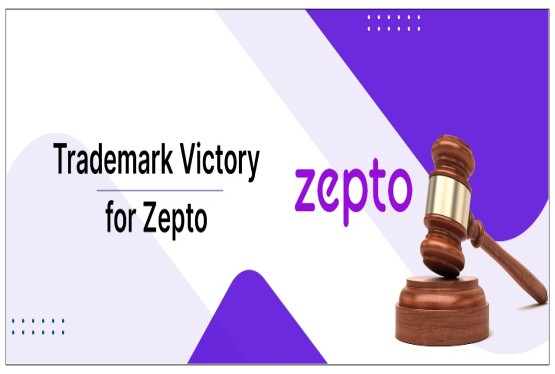

































_crop10_thumb.jpg)

































